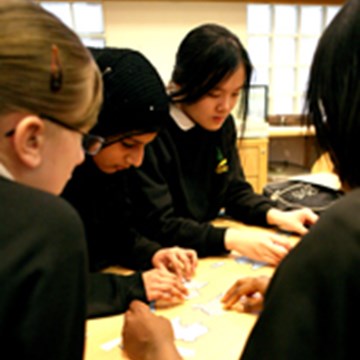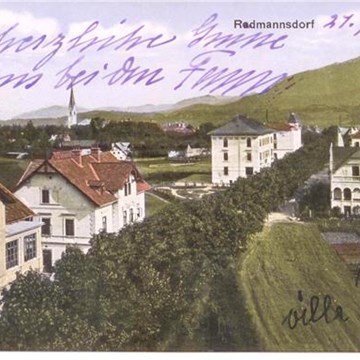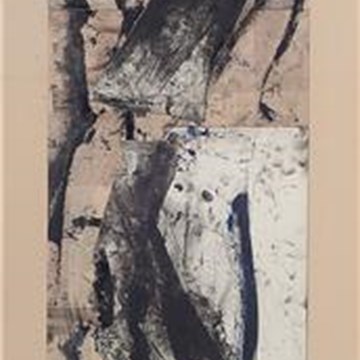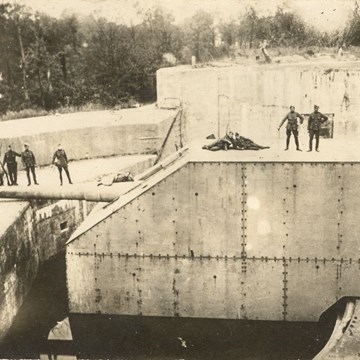A Land Fit for Heroes: War and the Working Class 1914-1918
A Land Fit For Heroes examines how World War One changed society, radically altering the social, economic, cultural and political outlook of the British people. The museum’s current changing exhibition looks at why people supported the war (and those that didn’t), the role that women played in the war effort, how home life was radically changed, the influence the war had on politics and the labour movement and life after the war.
'I felt that it was a struggle for our very existence… that we were fighting to overcome one of the greatest curses to humanity, namely the wicked spirit of militarism.’
So wrote George Edwards, leader of the Agricultural Labourers’ Union, on why he supported the war. He was not alone, by Christmas 1914 the trade union movement had contributed 250,000 men to the effort. This mass popular support for the war is often overlooked in the narratives of the battles and the trenches. A Land Fit For Heroes looks to move beyond these narrow confines and examine how the war changed society, radically altering the social, economic, cultural and political outlook of the British people. It shows how women’s life was altered by the emancipation of work and the Representation of the People Act which enfranchised women over 30 for the first time in 1918. Through correspondence and photographs, the exhibition tells the little known story of how after suspending their fight for the vote to support the war effort, suffragette societies represented the needs of women who worked in the factories. Badge Society of Women Welders
Objects displayed in the exhibition show how war provided the impetus for a radical change in the labour movement. The National Union of Railwaymen’s magnificent Hither Green banner shows how the railway workers supported the war effort. The image of trade unions was radically altered through figures such as the MP for Stoke on Trent and leader of the Navvies’ Union, John Ward, who raised three pioneer battalions and fought in France, Italy and Russia. Labour Party leader Arthur Henderson joined the war cabinet, while for a whole host of politicians such as Clement Attlee and Harold Macmillan, service in the armed forces defined their future political lives.March organised by WSPU London 1915
The overall cost of lives of World War One was dreadful. However, A Land Fit For Heroes shows how from the horrors of the war, sprung a new social and political confidence amongst the working classes that would help define the new Britain forged in the latter half of the 20th century.
Suitable for
Any age
Website
http://www.phm.org.uk/whatson/a-land-fit-for-heroes-war-and-the-working-class-1914-1918/
Admission
Donations welcome.
Source: http://www.culture24.org.uk//yh000152?id=EVENT485431
Exhibitions and events
We don't have anything to show you here.
Activities from this museum
We don't have anything to show you here.











